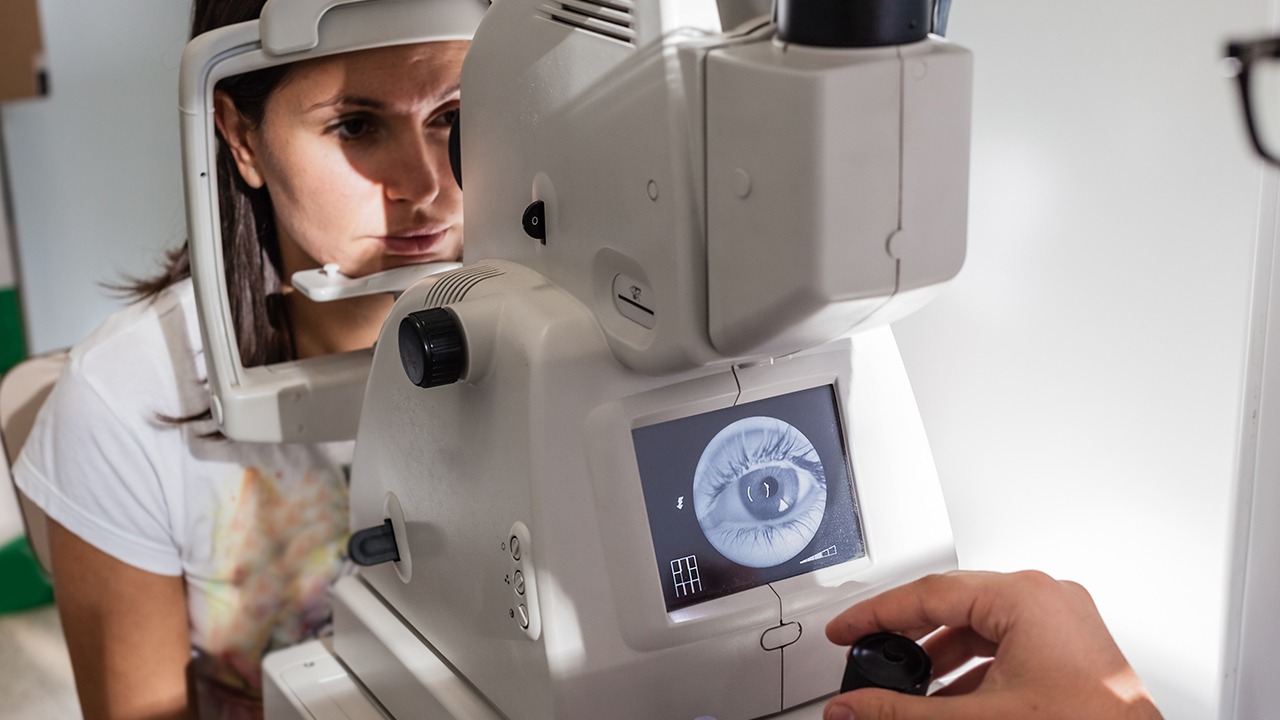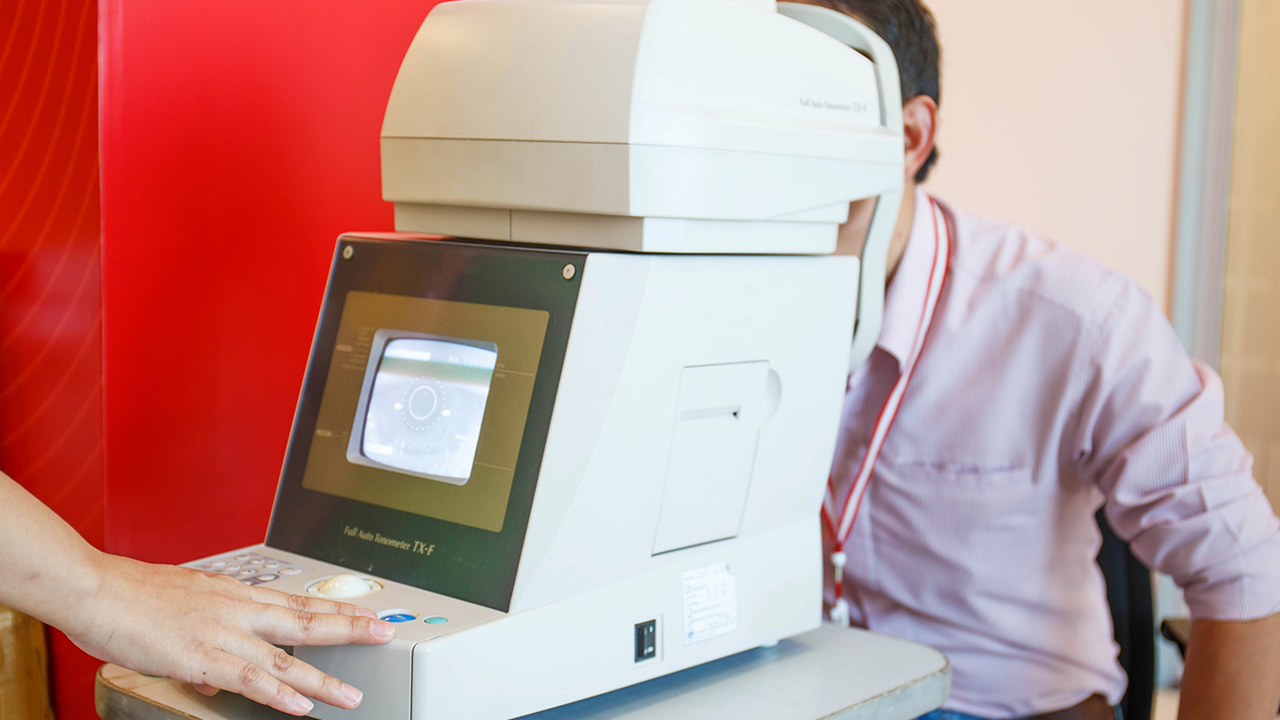4 Common Benefits of White Vinegar for Face Washing

White vinegar is a versatile, inexpensive, and natural ingredient that has been used for centuries for various purposes, including cleaning, cooking, and even medicinal uses. In recent years, white vinegar has gained popularity as a natural remedy for skin care, particularly for face washing.
White vinegar is made from fermented acetic acid, which gives it its characteristic sour taste and pungent odor. While it may seem counterintuitive to use something so acidic on your face, white vinegar has several surprising benefits for the skin.
Here are four common benefits of white vinegar for face washing:
1. Balances pH levels: The skin's natural pH level is slightly acidic, around 5.5. When the skin's pH balance is disrupted, it can become more susceptible to acne, inflammation, and other skin problems. White vinegar is a mild acid that can help to restore the skin's pH balance, creating an environment that is less hospitable to bacteria and other harmful microorganisms.
2. Exfoliates and unclogs pores: The acetic acid in white vinegar acts as a gentle exfoliator, removing dead skin cells and debris from the skin's surface. This helps to unclog pores and prevent the formation of blackheads and whiteheads. Additionally, white vinegar's astringent properties help to tighten pores, reducing their appearance and preventing dirt and oil from entering.
3. Antibacterial and antifungal properties: White vinegar has natural antibacterial and antifungal properties, making it effective in combating acne-causing bacteria and other skin infections. The acetic acid in white vinegar kills bacteria and fungi on contact, helping to prevent breakouts and clear up existing blemishes.
4. Reduces inflammation: White vinegar contains anti-inflammatory properties that can help to soothe and reduce skin irritation. It is particularly beneficial for people with sensitive skin or conditions such as eczema or rosacea. The acetic acid in white vinegar helps to reduce redness, swelling, and itching, leaving the skin feeling calmer and more comfortable.
How to Use White Vinegar for Face Washing
To incorporate white vinegar into your face washing routine, follow these steps:
1. Dilute the white vinegar with water in a 1:4 ratio (one part white vinegar to four parts water). This will help to reduce the acidity and make it gentler on your skin.
2. Splash the diluted white vinegar mixture onto your face and gently massage it into the skin in circular motions.
3. Leave the vinegar solution on your face for a few minutes, allowing it to absorb and work its magic.
4. Rinse your face thoroughly with lukewarm water and pat dry.
Caution: While white vinegar is generally safe for most skin types, it is important to dilute it properly to avoid irritation. If you have sensitive skin, it is recommended to do a patch test on a small area of your skin before using it on your entire face. Avoid using white vinegar if you have open wounds or active skin infections.
Conclusion
White vinegar is a versatile and affordable natural ingredient that offers several benefits for face washing. Its ability to balance pH levels, exfoliate and unclog pores, fight bacteria and fungi, and reduce inflammation makes it a valuable addition to any skincare routine. By incorporating white vinegar into your face washing regimen, you can enjoy clearer, healthier, and more radiant skin.
The above is all the content that the editor wants to share with you. I sincerely hope that these contents can bring some help to your life and health, and I also wish that your life will be happier and happier.
Tags: #of #white #common- • The correct diagram of the pregnancy test stick, one deep and one shallow
- • Detailed explanation of pregnancy checkup schedule
- • Self-assessment of kidney yin deficiency, kidney yang deficiency, and how to tre
- • Life expectancy of nasal type nkt advanced lymphoma
- • Be careful of staying up late to induce uterine fibroids















